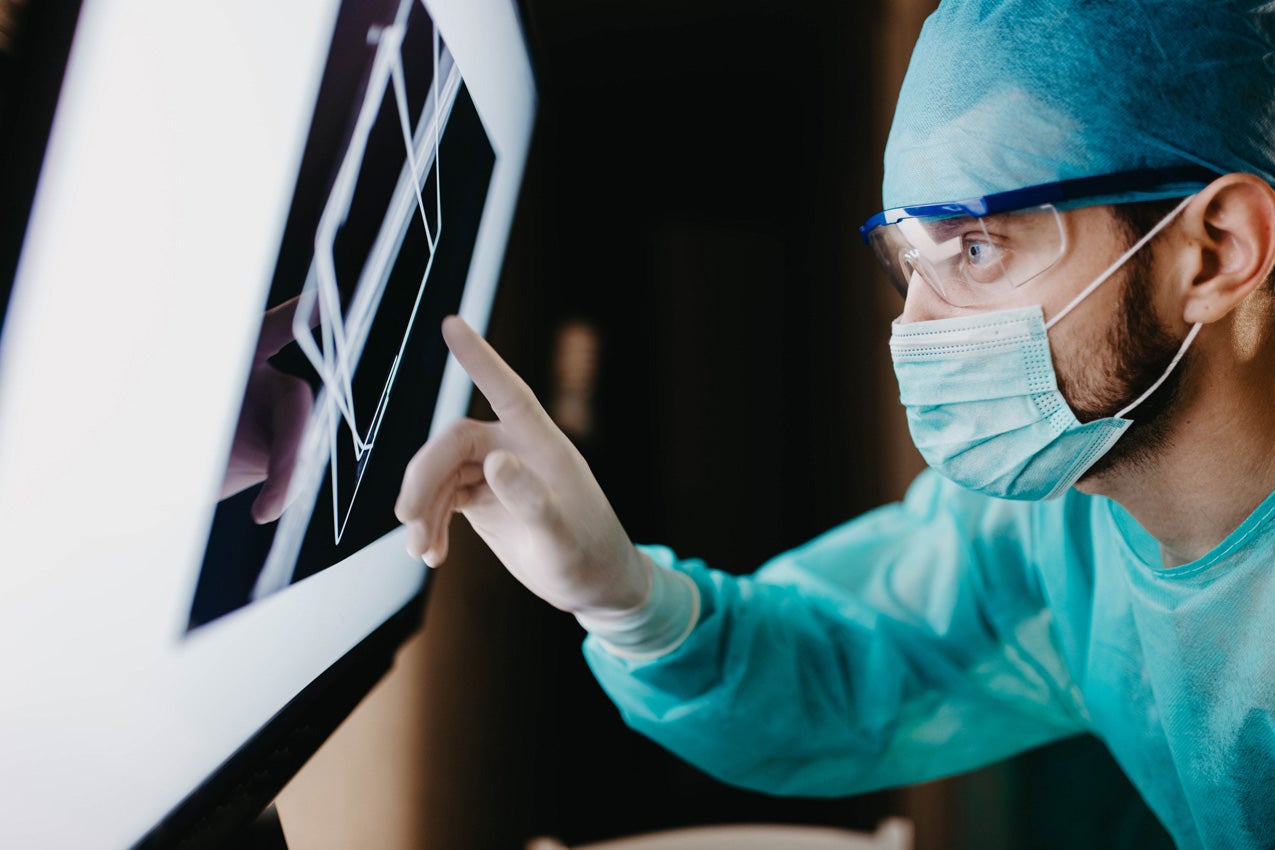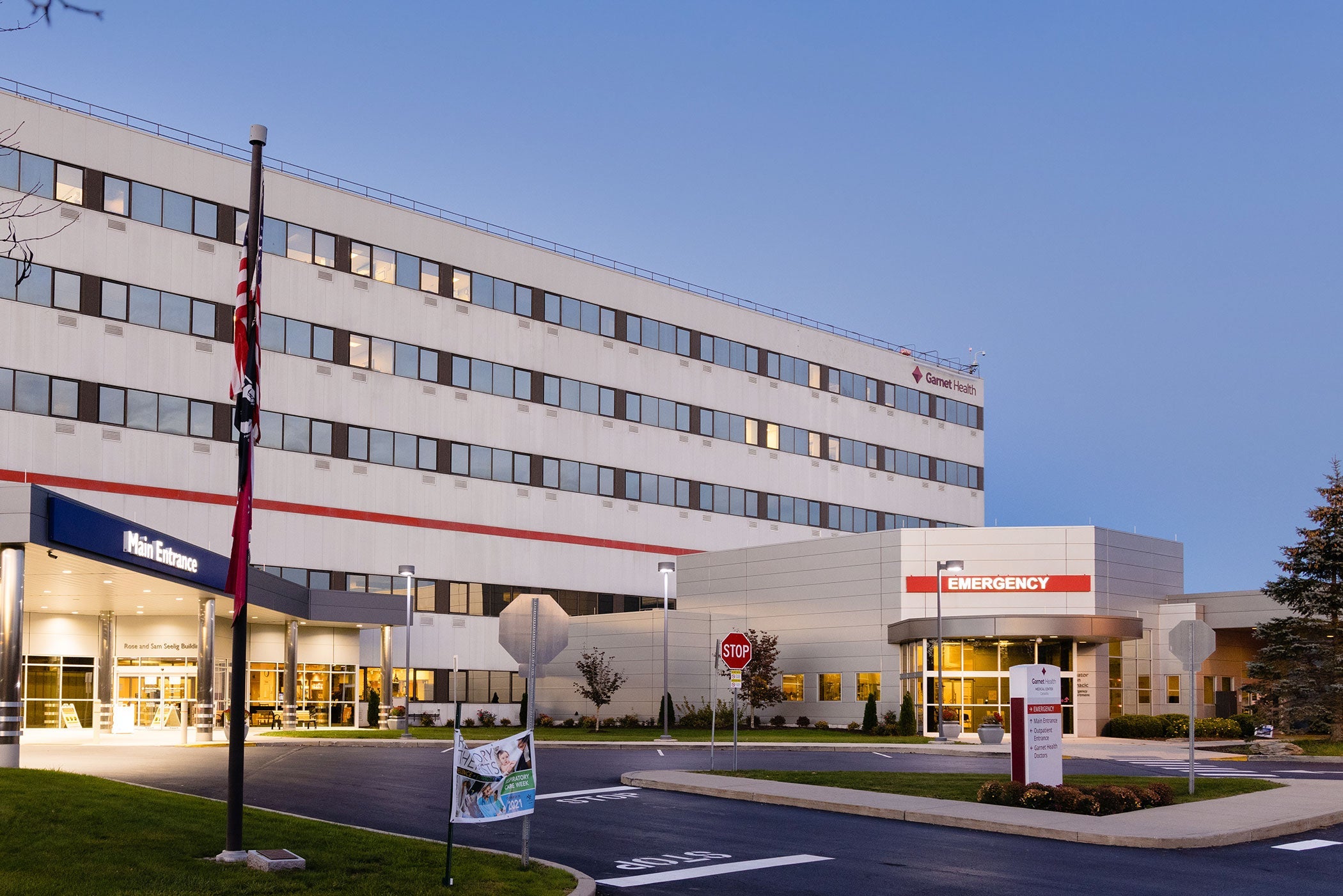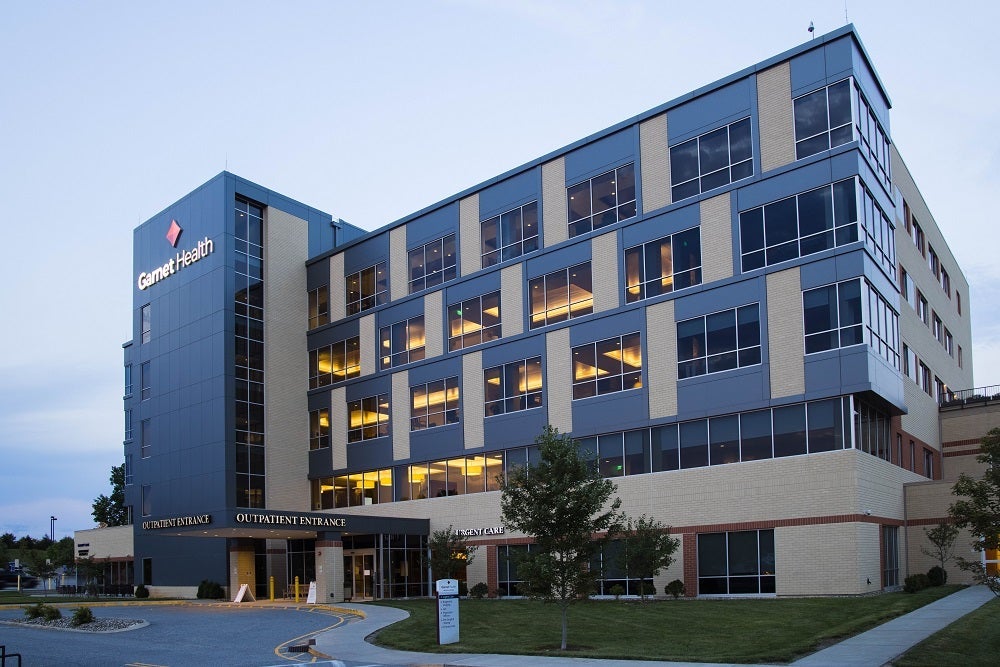Endoscopic Retrograde Cholangiopancreatography
At Garnet Health, we offer endoscopic retrograde cholangiopancreatography to diagnose gastrointestinal conditions in Orange and Sullivan County, NY.
Search LocationsBody
Endoscopic Retrograde Cholangiopancreatography
Endoscopic Retrograde Cholangiopancreatography (ERCP) is used to diagnose and treat abnormalities of the ducts of the gallbladder, pancreas and liver. These ducts act as drainage channels for these organs and are sometimes called bile ducts or biliary ducts. During this procedure, a flexible tube with a camera and other tools on its end (endoscope) is inserted through the mouth and into the small intestine, near the pancreas. ERCP can collect images from the area, as well as take a small biopsy with a brush.
Preparing for Your ERCP
Your physician will give you specific instructions; however, in general, patients must not eat or drink anything, even water, after midnight. Your stomach must be completely empty. Tell your physician r about any medications you are taking and whether you are allergic to medications, latex or intravenous contrast material. Since you will receive sedation, you must not drive yourself.
What to Expect During Your ERCP
ERCP may be performed as an outpatient procedure, or you may spend one night in the hospital. You will be given sedation. You may also be given antibiotics before the procedure. While you are lying on one side on an X-ray table, your physician will pass an endoscope, a thin lighted tube, through your mouth and then down into your esophagus, stomach and duodenum (part of the small intestine). When he/she comes to the opening to the ducts from the liver and pancreas, he/she will pass a narrow plastic catheter (thin tube) through the endoscope and into the ducts. A contrast dye will be injected through the catheter and into the ducts and X-rays will be taken. You may feel some bloating because of air that is introduced during the procedure.
Your physician may perform a procedure during your ERCP. Treatments may include:
- Sphincterotomy: cutting of the muscle that surrounds the opening of the ducts to enlarge the opening
removal of bile duct stones - Stent placement to bypass narrowed areas of the ducts
- Balloon dilation to open up a narrowed area or structure
- Removal of tissue samples
What to Expect After Your ERCP
ERCP may be performed as an outpatient procedure, or you may spend one night in the hospital. You will be given sedation. You may also be given antibiotics before the procedure. While you are lying on one side on an X-ray table, your physician will pass an endoscope, a thin lighted tube, through your mouth and then down into your esophagus, stomach and duodenum (part of the small intestine). When he/she comes to the opening to the ducts from the liver and pancreas, he/she will pass a narrow plastic catheter (thin tube) through the endoscope and into the ducts. A contrast dye will be injected through the catheter and into the ducts and X-rays will be taken. You may feel some bloating because of air that is introduced during the procedure.
Your physician may perform a procedure during your ERCP. Treatments may include:
- Sphincterotomy: cutting of the muscle that surrounds the opening of the ducts to enlarge the opening
removal of bile duct stones - Stent placement to bypass narrowed areas of the ducts
- Balloon dilation to open up a narrowed area or structure
- Removal of tissue samples
Test Results in MyChart
MyChart is a patient portal used to access your test results and manage your appointments. Learn more or sign up online.

Diagnostic Imaging Services
You can rely on Garnet Health for comprehensive diagnostic testing in Orange and Sullivan counties.
Learn more
Patient Information & Resources
Patient resources regarding your patient rights, billing, and more - so you can get a jump start on your stay or appointment.
View ResourcesLocations
Ambulatory Surgery & Procedure Center at Garnet Health Medical Center - Catskills
68 Harris Bushville Road
Harris, NY 12742
Ambulatory Surgery & Procedure Center at Garnet Health Medical Center
707 East Main Street
Middletown, NY 10940

